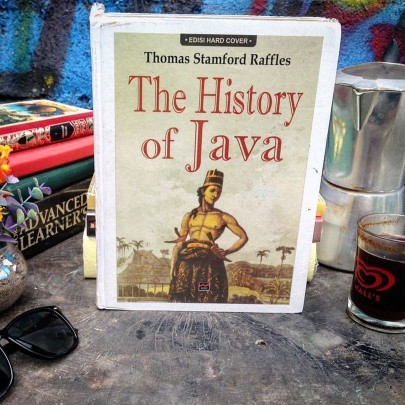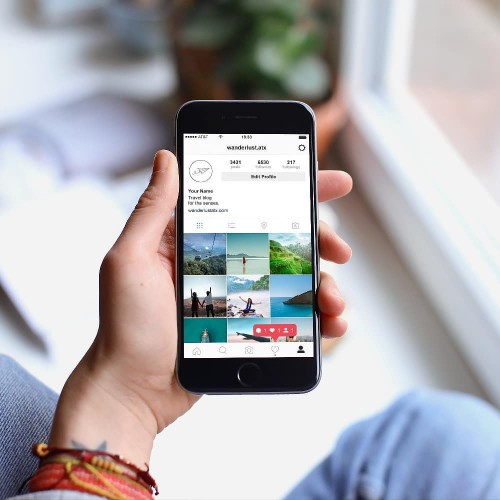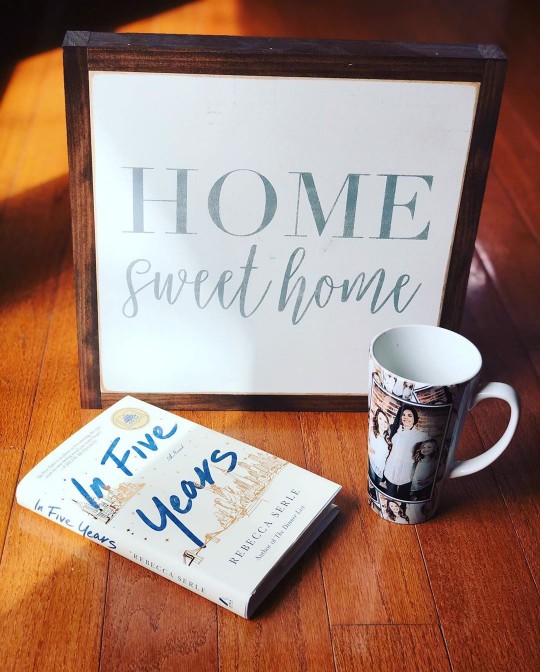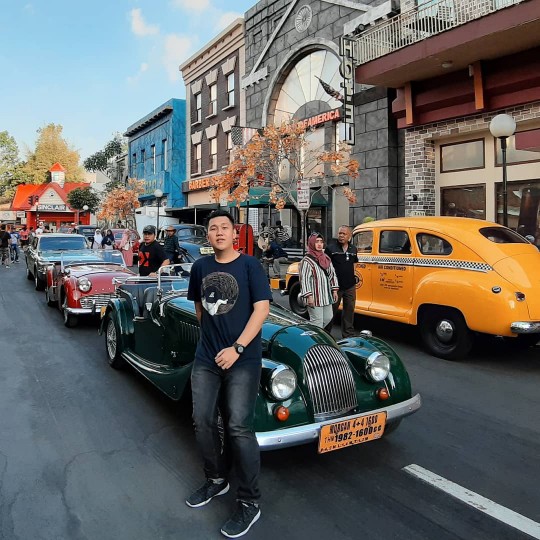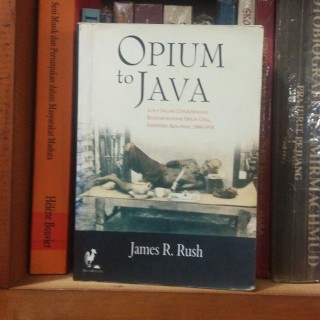javaprivatetour.com – Picture this: You’re walking through the lively streets of coastal Java in the 19th century. The sound of traders and the scent of spices fill the air, but what catches your eye are the vibrant fabrics fluttering in the breeze—batik, Java’s most famous textile. At first, batik was purely a local craft, deeply rooted in Javanese tradition. But by the mid-1800s, something fascinating began to happen. Dutch-Indo women, intrigued by the artistry of batik, started getting involved in its production. What followed was an unexpected and captivating chapter in the history of this island’s cultural heritage.
Batik: A Window into Javanese Culture
Batik had long been an essential part of Javanese society, with its intricate designs often holding deep cultural and spiritual meanings. In the hands of local artisans, batik was much more than fabric—it was a storytelling medium, reflecting everything from social status to nature-inspired patterns. The appeal of batik quickly grew beyond the boundaries of Java, with interest from European settlers, particularly the Dutch, playing a key role in its global popularity.

How Dutch Entrepreneurs Got Involved
By the 1840s, Dutch women living in Java, particularly in cities like Pekalongan and Semarang, started taking a deep interest in batik. These women, often of mixed Dutch and Javanese descent, began commissioning custom batik designs to suit European tastes. Over time, they evolved from patrons to producers, and thus was born “Batik Belanda” (Dutch Batik). Their new designs, which blended traditional Javanese motifs with European aesthetics, created a fresh style that appealed to both local nobility and European markets.
Van Oosterom and Dutch Batik’s Expansion
One of the standout figures during this period was Van Oosterom, a Dutch entrepreneur who saw immense potential in the batik industry. He set up operations in Banyumas after initially producing batik in Semarang. His unique designs fused Javanese royal motifs with European influences, making his line, Panastroman Batik, extremely popular. With the growing demand, Van Oosterom expanded his business and, like many of his peers, took full advantage of Dutch government support to dominate the batik trade along Java’s northern coast.

The Network of Dutch Entrepreneurs
Van Oosterom wasn’t the only one. Other Dutch-Indo families, such as the Van Zuylen sisters and figures like B. Fischer and J. Toorop, also capitalized on this opportunity. They established networks and batik factories in major cities, often employing local artisans while infusing European design trends. Their batik wasn’t just a business; it became an art form recognized far beyond Java.
These entrepreneurs benefited from Dutch colonial government policies that favored European-run businesses. With access to international trade routes, they were able to export their unique batik styles to Europe, where it became an exotic luxury. Dutch entrepreneurs had essentially transformed what had once been a small-scale cottage industry into an international business.
The Rivalry with Chinese Entrepreneurs
As Dutch entrepreneurs found success, competition arose from other corners. Chinese merchants, who had dominated the opium trade, saw an opportunity in batik after their previous ventures were stifled by new colonial laws. They opened their own batik houses, particularly after the decline of their opium businesses in the early 20th century. Their designs, often more vibrant and intricate, appealed to different segments of the market, giving the Dutch entrepreneurs stiff competition.
A Brief Golden Age
Dutch batik flourished for several decades, but as the world changed, so did the batik industry. The arrival of Japanese forces in Java during World War II effectively ended Dutch dominance in the region, as Japanese authorities seized Dutch-run businesses. Despite this, Dutch entrepreneurs like the Van Zuylen sisters continued to innovate, creating designs like the “Buketan Gaya Pagi Sore,” which allowed wearers to switch patterns from morning to evening with a single fabric.
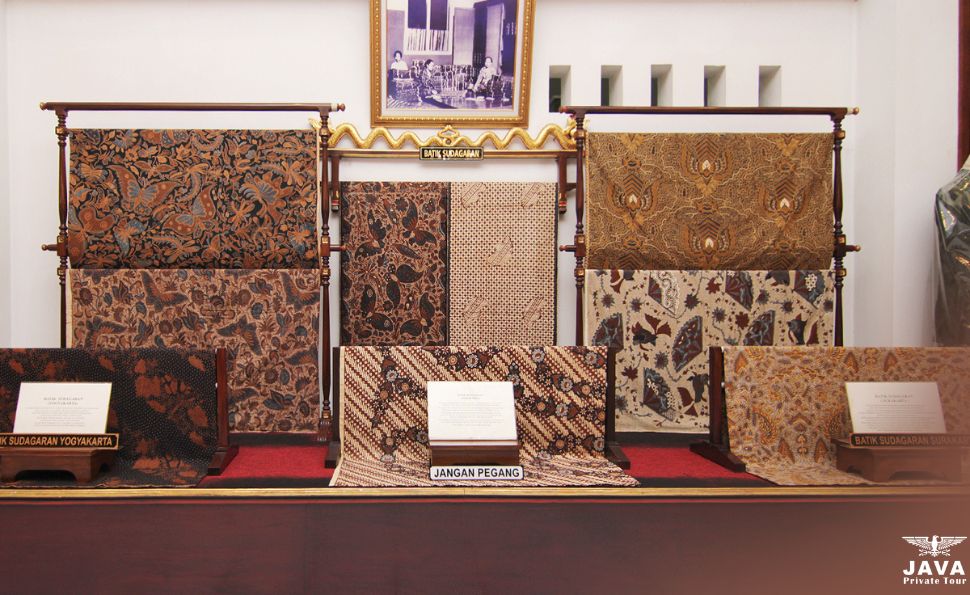
The Legacy of Dutch Batik
Though their reign was brief, Dutch entrepreneurs left an indelible mark on the world of Javanese batik. They introduced new techniques, established larger-scale production, and opened the door for batik to become a global commodity. Today, batik continues to evolve, but its history remains deeply rooted in the fusion of European and Javanese influences—a testament to a unique cultural exchange.
Experience Batik Yourself with Java Private Tour
For those intrigued by the rich history of batik, Java Private Tour offers an exclusive Traditional Batik Making Tour in a serene village near Yogyakarta. Here, you’ll witness batik-making using ancient methods, including natural dyes from leaves and plants—techniques that have been preserved through generations. This immersive experience allows you to not only learn about the craft but also create your own batik masterpiece using these time-honored traditions.

Why Choose Java Private Tour?
When you choose Java Private Tour, you’re not just signing up for a standard guided tour. Our knowledgeable, English-speaking guides will bring Java’s culture and history to life, offering you an authentic experience like no other. Whether you’re here for a holiday, a business trip, or research, our flexible schedules ensure that your journey is tailored to your needs. We offer private vehicles ranging from sedans to large buses, and our team, including licensed drivers and certified guides, are professional, friendly, and committed to making your trip extraordinary.
Trusted by embassies from around the world and recommended by travelers, Java Private Tour is the ideal choice for anyone looking to explore Java’s treasures, including the fascinating world of batik. Whether it’s your first time on the island or you’re a seasoned traveler, let us be your guide in discovering the beauty and history of Java.
So, if you’re ready to explore the wonders of Dutch batik and its influence in Java’s history, head over to Java Private Tour Request Page and let’s start planning your adventure. Or you can simply click this link to chat with us on WhatsApp.
With Java Private Tour, you’re not just getting a guide; you’re gaining a friend who will ensure your trip is nothing short of extraordinary. See you in Java!
You May Also Like
 Saritem’s Scandalous Rise: The Woman Who Conquered Dutch Elites
Saritem’s Scandalous Rise: The Woman Who Conquered Dutch Elites
 Sugar: The Sweet Beginning of Dutch Colonialism in Java
Sugar: The Sweet Beginning of Dutch Colonialism in Java
 Exploring 5 Majestic Dutch Fortresses in Java: A Journey Through History
Exploring 5 Majestic Dutch Fortresses in Java: A Journey Through History
 Discovering Tuntang Station: A Dutch Heritage Site in the Heart of Java
Discovering Tuntang Station: A Dutch Heritage Site in the Heart of Java
 Tasikmalaya’s Crafts: A Century-Old Tradition You Must See
Tasikmalaya’s Crafts: A Century-Old Tradition You Must See



